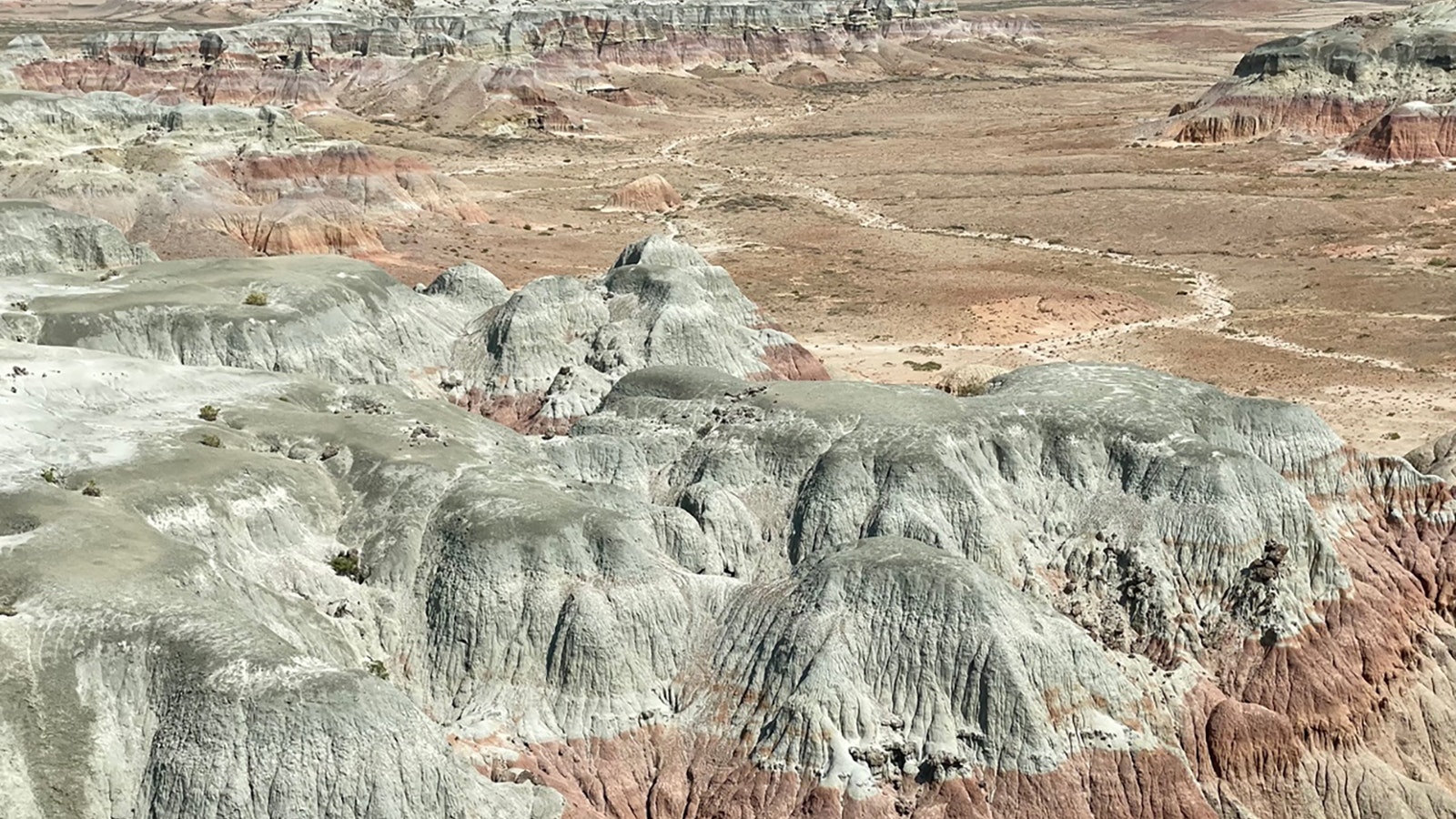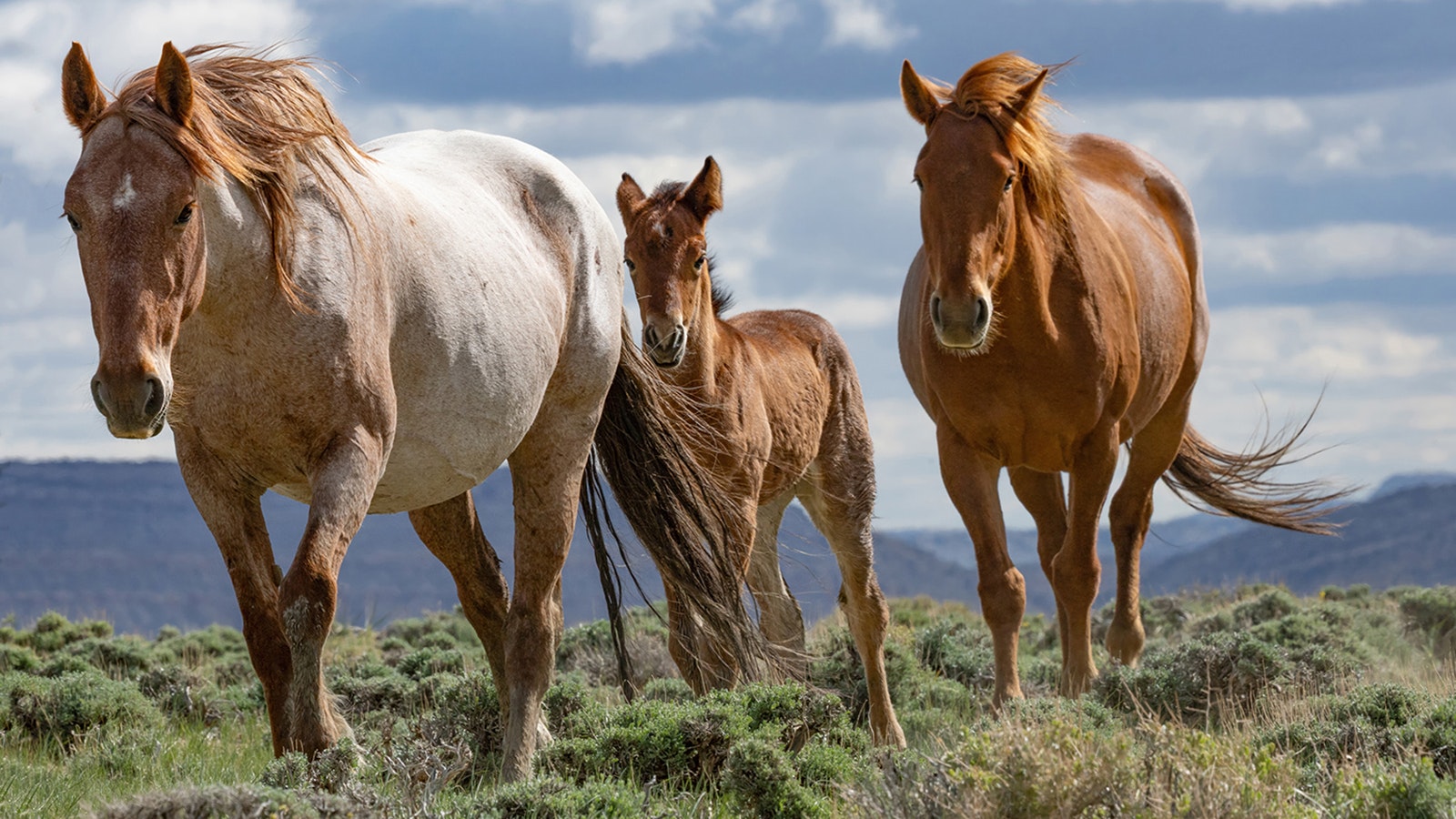The Bureau of Land Management isn’t planning to lock out Wyoming’s public from the Rock Springs area, agency officials told Cowboy State Daily.
“The most frustrating thing for us is all of the misinformation out there. We’re not closing any areas to all hunters or people walking their dogs or some of the other nonsense that has been out there,” said Kimberlee Foster, field manager for the BLM’s Rock Springs office.
Moreover, the BLM wants to hear from the public during an open comment period for the draft Rock Springs Resource Management Plan (RMP), said Brad Purdy, the BLM’s deputy state director of communications. In fact, the comment period is probably the most vital part of the process.
The draft proposal, maps and other information are available online, as is a guide for filing comments.
Plan Has Drawn Fire
The Rock Springs BLM field office oversees roughly 3.6 million acres in Wyoming. The draft RMP designates 1.8 million acres of that as “areas of critical environmental concern” (ACES).
Gov. Mark Gordon and other Wyoming elected officials have harshly criticized the draft Rock Springs RMP since it was released last month.
Most recently, it also drew fire from members of the Wyoming Legislature during a virtual town hall meeting hosted by the Wyoming Freedom Caucus. And Wyoming Republican U.S. Rep. Harriett Hageman also blasted BLM officials during recent congressional hearings.
Hagman and the legislators claimed the RMP could end up essentially locking out hunters, ranchers, energy development and the public at large.
BLM Wants To Hear From Wyoming
Despite the criticism, the BLM is eager to hear from Wyomingites, Purdy said. Public comments will play a huge role in finalizing the plan. Currently, there are four draft options, and the BLM prefers “alternative B,” but substantiative comments could steer things in another direction.
What the agency needs is well-argued, factual comments, Purdy said.
“It’s not a popularity contest, that’s not what we’re looking for. We need to hear why. The ‘why’ is extremely important,” he said.
The BLM values feedback from people who regularly work, hunt, recreate or explore the lands in question, he added. Those people might be able to point out things the agency missed.
Could Comment Period Be Extended?
The comment period is set to close Nov. 16, and there’s a chance it could be extended.
The co-chairs of the Wyoming Legislature’s Joint Agriculture, State and Public Lands and Water Resources Committee sent a letter to BLM Director Tracy Stone-Manning requesting that the public comment period on the proposal extend to at least March 2024. The letter was signed by Sen. Cheri Steinmetz, R-Lingle, and Rep. Barry Crago, R-Buffalo, and sent to Stone-Manning on Sept. 19.
Whether the comment period will be extended hadn’t been decided as of Monday, Purdy said.
“We’re working to get a final decision on that,” he said. “I have not heard of any action one way or the other.”
Once the comment period closes, the BLM will go through all the input and decide whether the draft plan needs to be changed or clarified accordingly, Foster said. That process could take months.
The BLM will then release its final environmental impact statement regarding the Rock Springs RMP, after which people will be given a 60-day period to file protests. Then the BLM will enter its final record of decision, she said.
At the earliest, the entire process could take until next spring, Foster said.
Road Closures?
One common criticism is that the plan as drafted could end up closing numerous roads or otherwise restrict motorized use across vast areas, Foster said.
But that’s not true, she added.
There are no current plans to close most existing motorized roads and trails, although the existing rule that vehicles must stay on those designated routes will stay intact, she said.
The only possible motorized closures would be in the immediate vicinity of particular landmarks or historical sites, such as Boars Tusk or the Cedar Mountain Petroglyphs, Foster said.
Under the BLM’s preferred alternative, the Killpecker Sand Dunes area in Sweetwater County would remain a “free play” area for off-road vehicles, she added. That means people could continue to drive or ride off established roads and trails there.
Riparian Zones Protected
During the virtual town hall meeting, Rep. Allen Slagle, R-Newcastle, said he was concerned that the BLM’s preferred alternative would lock ranchers out under the auspices of protecting riparian zones from overgrazing. Riparian zones are areas of lush vegetation along the banks of streams and creeks.
Foster said the BLM has no plans to simply push cattle out of all riparian zones. Instead, moving forward the agency might consider specific riparian zones that were “severely degraded” on a case-by-case basis.
In some cases, the agency might temporarily close those places for replanting or other recovery efforts, she said.
Mark Heinz can be reached at mark@cowboystatedaily.com.





